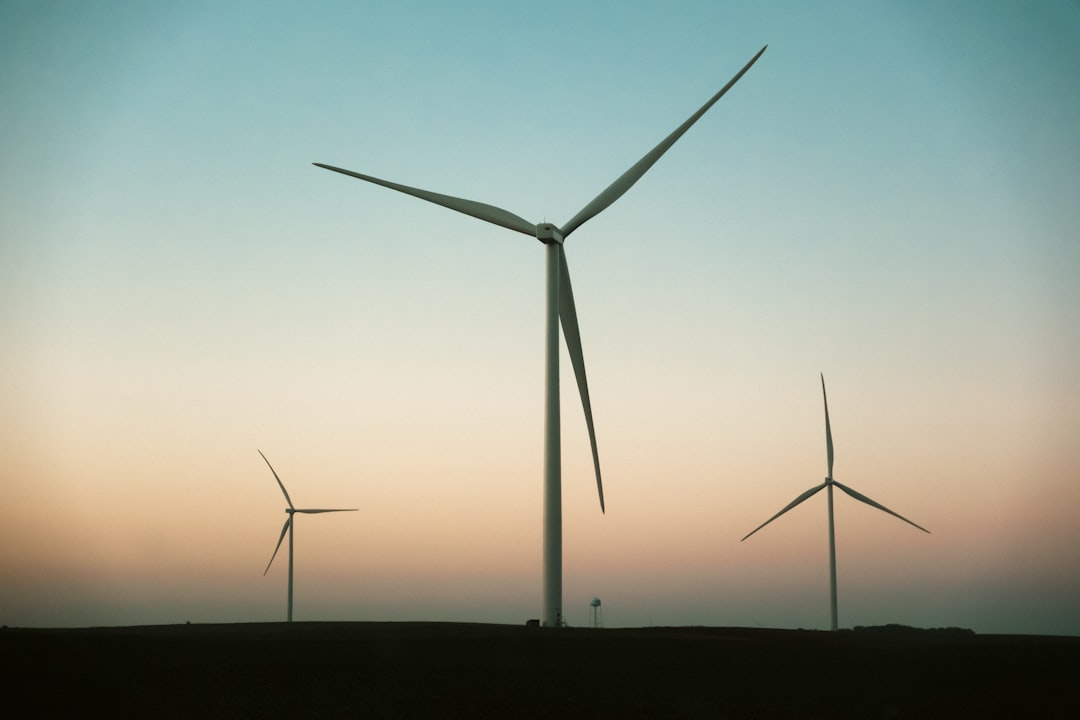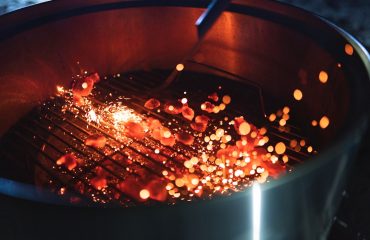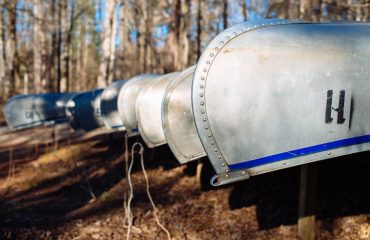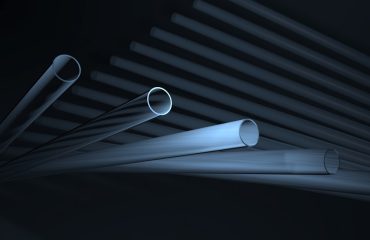The wind energy industry is booming, driven by the urgent need for clean and renewable energy sources. At the heart of every wind turbine, silently contributing to its power generation, are robust and precisely engineered steel profiles. From the towering structures that reach for the sky to the intricate components within the nacelle, steel plays a vital role, ensuring stability, strength, and longevity. This post delves into the critical applications of steel profiles in wind energy projects, exploring their types, manufacturing processes, and the future of this essential material in renewable energy infrastructure.
1. Steel Profiles in Wind Turbine Towers: Reaching for the Sky
The most visually striking application of steel profiles in wind energy is the construction of wind turbine towers. These towers, often reaching heights exceeding 100 meters, require exceptional strength and stability to withstand extreme weather conditions, including high winds, ice loading, and seismic activity. Typically, these towers are fabricated from tubular steel sections, often hot-rolled or welded, which offer a high strength-to-weight ratio. The precise dimensions and wall thicknesses of these profiles are meticulously calculated using advanced engineering software to optimize performance and minimize material usage. The design accounts for factors such as wind loading, tower deflection, and fatigue life, ensuring the long-term reliability and safety of the structure. Different steel grades, such as high-strength low-alloy (HSLA) steels, are employed to enhance strength and durability, while minimizing overall weight for easier transportation and erection.
2. The Role of Steel in Wind Turbine Blades: Precision and Performance
While the tower is the most visible part, steel profiles also play a crucial, albeit less visible, role in wind turbine blades. Although the blades themselves are primarily constructed from composite materials like fiberglass and carbon fiber, steel profiles are integral to their internal structure. These profiles provide reinforcement, supporting the blade’s leading and trailing edges, and ensuring structural integrity under immense stress from wind loads and centrifugal forces. The precise design and placement of these steel profiles are critical for optimizing blade performance, maximizing energy capture, and minimizing vibrations. The use of high-strength, lightweight steel alloys minimizes weight, reducing stress on the entire turbine and enhancing efficiency.
3. Steel in the Nacelle: Supporting the Power Generation System
The nacelle, the housing unit at the top of the tower, houses the gearbox, generator, and other critical components of the wind turbine. Steel profiles are essential for the nacelle’s structural framework, providing support for the heavy machinery within. These profiles must be incredibly robust to withstand the constant vibrations and stresses generated during operation. Furthermore, the nacelle’s internal structure often utilizes steel profiles to create mounting points for the generator, gearbox, and other components, ensuring precise alignment and stability. The precise tolerances and strength of the steel profiles are crucial for optimal performance and minimal wear and tear of the sensitive equipment.
4. Manufacturing Processes: Ensuring Quality and Efficiency
The manufacturing of steel profiles for wind turbines requires precision and efficiency. Hot-rolled and cold-formed processes are commonly employed to create the required shapes and dimensions. Hot-rolling involves heating the steel to high temperatures to make it more malleable, allowing for shaping into complex profiles. Cold-forming involves shaping the steel at room temperature, offering greater dimensional accuracy. Advanced welding techniques, such as robotic welding, are used to join the steel profiles, ensuring strong and consistent welds. Quality control is paramount throughout the manufacturing process, with rigorous testing and inspections to ensure that the profiles meet stringent industry standards and specifications. This meticulous approach guarantees the structural integrity and longevity of the wind turbine components.
5. The Future of Steel in Wind Energy: Innovation and Sustainability
As the wind energy industry continues to grow, the demand for high-performance steel profiles will only increase. Research and development are focused on developing even stronger, lighter, and more corrosion-resistant steel alloys to enhance turbine efficiency and reduce lifecycle costs. The use of advanced manufacturing techniques, such as additive manufacturing (3D printing), holds the potential to create complex, customized steel profiles with improved performance characteristics. Furthermore, the industry is exploring sustainable practices in steel production, aiming to reduce carbon emissions and promote environmental responsibility. The future of steel in wind energy is bright, with continuous innovation driving the development of more efficient and sustainable wind turbine technologies.
In conclusion, steel profiles are an indispensable component of wind turbine construction, contributing significantly to the stability, strength, and efficiency of these vital renewable energy generators. From the towering structures to the intricate internal components, steel’s versatility and performance characteristics make it a crucial material in the ongoing quest for clean and sustainable energy.
SEO Tags:
Steel profiles, wind turbine, wind energy, renewable energy, steel construction




